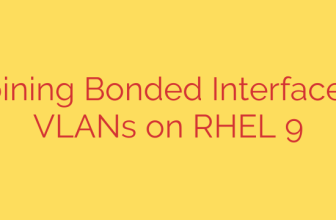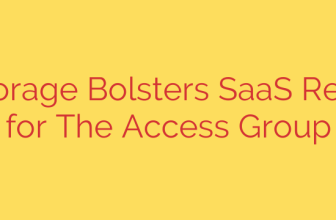
Selecting the ideal virtual machine solution is a foundational step for modern infrastructure, impacting everything from development flexibility to enterprise-level deployments. The right choice provides significant advantages in efficiency, scalability, and cost management. However, navigating the options requires focusing on essential features that align with your specific needs and future growth.
One of the foremost considerations is performance. This involves evaluating the available CPU and RAM configurations, ensuring they can handle your applications’ workloads. Equally critical is storage performance, particularly the availability of SSD options for demanding I/O operations. Don’t overlook network throughput, which is vital for applications relying heavily on data transfer.
Scalability is non-negotiable. A robust solution allows you to easily scale resources up or down based on fluctuating demand without significant downtime or complex procedures. This flexibility is key to optimizing costs and maintaining performance.
Compatibility with your required operating systems, including various Linux distributions and Windows versions, is fundamental. The solution should support the specific versions and architectures you need to run your applications and services.
Management capabilities greatly influence operational efficiency. Look for an intuitive user interface, powerful command-line tools, and comprehensive APIs for automation. Features like monitoring, logging, and reporting are crucial for keeping track of resource usage and identifying potential issues proactively.
Storage options extend beyond just speed. Consider the types of storage available, including block, file, and object storage, and their suitability for different data types. Snapshots and backup features are vital for data protection and quick recovery.
Networking features are complex but critical. Evaluate support for virtual private networks (VPNs), security groups or firewall rules, load balancing, and predictable public IP allocation. Secure and flexible networking ensures your VMs can communicate correctly and safely.
Security must be paramount. Ensure the solution offers strong isolation between VMs, robust access control mechanisms (like role-based access control), encryption options for data at rest and in transit, and tools to help manage patching and vulnerabilities.
High availability and disaster recovery features are essential for ensuring business continuity. Look for built-in redundancy, automatic failover capabilities, and integrated backup and restore systems that simplify recovery in case of hardware failure or other disruptions.
Finally, understand the cost structure. Compare pricing models (e.g., pay-as-you-go, reserved instances) across different providers and solutions. Consider not just the raw compute cost but also pricing for storage, networking, and other services to determine the overall cost-effectiveness for your anticipated usage.
By carefully evaluating these essential features against your specific technical requirements, budget constraints, and operational preferences, you can confidently choose a VM solution that serves as a powerful and reliable foundation for your infrastructure.
Source: https://www.tripwire.com/state-of-security/essential-features-look-vm-solution








